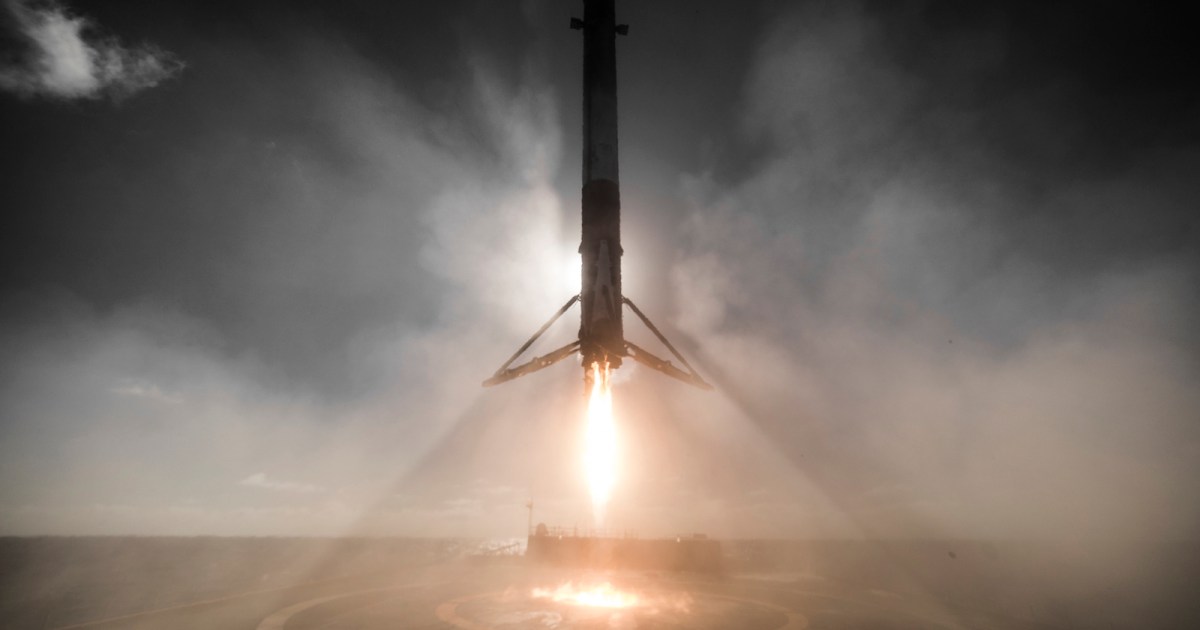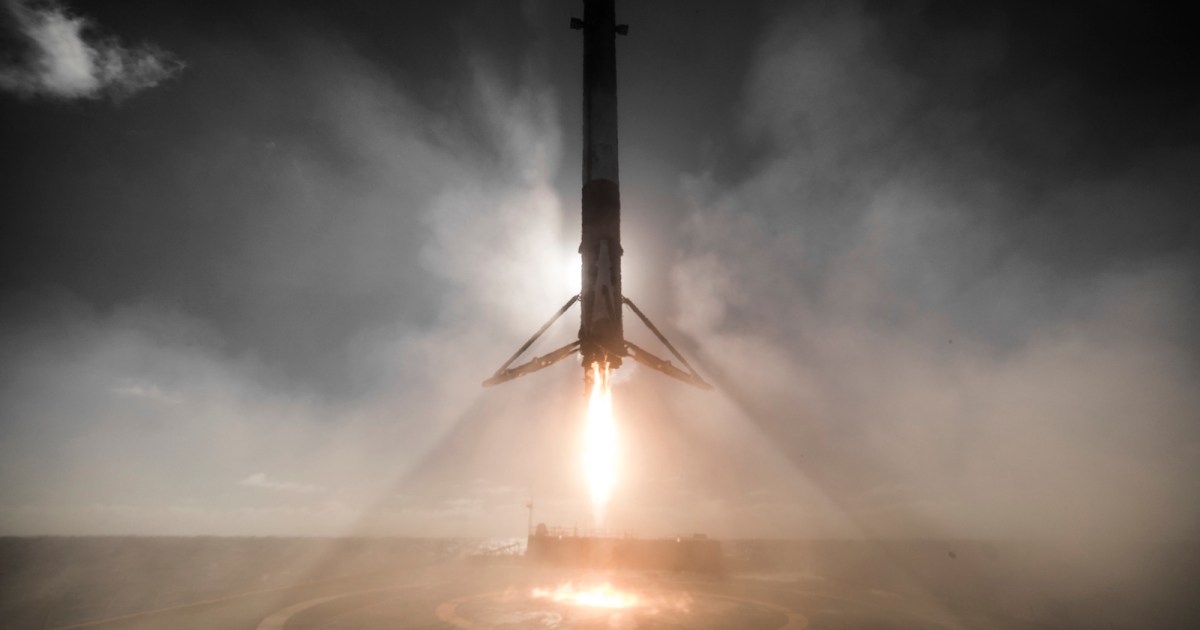
SpaceX has just launched and landed one of its Falcon 9 boosters for a record 22nd time.
The Falcon 9 launched from Space Launch Complex 40 (SLC-40) at Cape Canaveral Space Force Station in Florida at 7:14 a.m. ET on Thursday, June 27. The rocket’s upper stage deployed 23 Starlink satellites to low-Earth orbit.
The video below shows the rocket climbing toward orbit on Thursday.
Liftoff! pic.twitter.com/GH3FjaqbgG
— SpaceX (@SpaceX) June 27, 2024
About eight minutes after launch, the Falcon 9 booster made a perfect touchdown on a drone ship waiting in the Atlantic Ocean just off the coast of Florida.
Falcon 9 lands on the Just Read the Instructions droneship, completing the first 22nd launch and landing of a booster! pic.twitter.com/8WX1mE4QbH
— SpaceX (@SpaceX) June 27, 2024
The record-breaking booster previously launched GPS III Space Vehicle 04, GPS III Space Vehicle 05, Inspiration4, Ax-1, Nilesat 301, OneWeb Launch 17, ARABSAT BADR-8, and now 15 Starlink missions.
The booster, B1062, first flew in November 2020 and before today took its most recent flight on May 18, 2024. Another booster, B1061, took its 21st flight just a few weeks ago, on June 8, so could soon equal B1062’s record, though both boosters probably have many more launches and landings left in them.
In a mark of just how routine the Falcon 9 launch and landings have become for SpaceX, the company’s live streams for most of these missions have dispensed with a commentator, instead carrying only the audio feed from SpaceX’s mission team.
Refurbishing its rockets for multiple flights allows SpaceX to cut costs, thereby opening up space to more businesses and organizations interested in deploying small satellites or conducting research in low-Earth orbit.
In a more ambitious endeavor, SpaceX is also designing its next-generation Starship rocket for reuse. The Starship is the most powerful rocket ever built and has 10 times more thrust at launch than the Falcon 9. The vehicle has flown four times to date, with each test improving on the previous one. The fifth flight test, however, will be the first to see SpaceX attempt to use its launch tower at Boca Chica in Texas to “catch” the Starship’s first stage, the Super Heavy booster, as it comes in to land shortly after deploying the upper stage to orbit.
Whereas the Falcon 9 uses legs to land upright, the Super Heavy has no legs and so will rely on mechanical arms on the launch tower to secure it as it comes home. Achieving this feat will be a major step forward toward SpaceX creating a fully reusable Starship vehicle, which is expected to one day carry crew and cargo to distant places, including the moon and even Mars.
Services Marketplace – Listings, Bookings & Reviews
